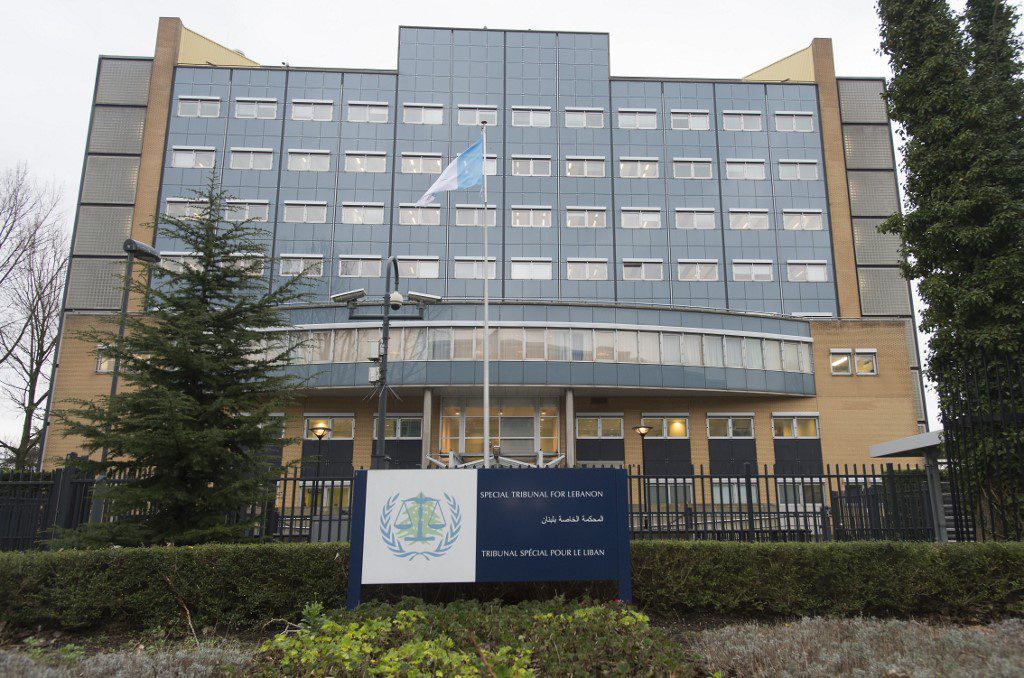
Introduction
After the shortcomings of the UNIIIC, followed by more than fourteen bombings and assassination attempts in Lebanon between October 2004 and December 2005, the Lebanese government, led by the party of Saad Hariri, requested that the United Nations create a tribunal of ‘international character’.
On 1 March 2009, the Special Tribunal for Lebanon (STL) opened in Leidschendam (near The Hague), The Netherlands. It was created after the UN Security Council adopted Resolution 1757 under Chapter VII of the UN Charter, which governs UN actions with respect to threats to peace, breaches of peace, and acts of aggression.
The UNIIIC’s mandate ended on 28 February 2009. Jurisdiction was transferred to the STL and the information gathered was handed over to the STL’s Office of the Prosecutor. One of the first acts of the STL was to order the release of the four Lebanese generals who had been detained.
This decision was made after the STL’s pre-trial judge ruled that on the basis of the information available to the tribunal there was no cause to hold them (this coincided with a policy of rapprochement between several Western states and Damascus).
A different narative
With the appointment of a new commissioner, the impression began to fade that Syria was the main focus of investigation, especially when the STL released an indictment in June 2011, this time targeting four (later five) persons connected to Hezbollah.
The Tribunal’s report is entirely built on telecommunication data: the ‘co-location’ of cellular phones – traceable to the accused four – that were activated, operated and dismantled in synchronization with Hariri’s whereabouts and crucial parts of the murder plot in the six weeks prior to his death.
Using Call Data Records (CDRs) – which track incoming and outgoing calls, time, date, duration, and importantly, the location from which calls are made (identifiable by the nearby ‘cell towers’ that carry a mobile phone call) – the STL identified a covert network of mobile phones called the ‘Red Network’ used in the planning of the assassination.

